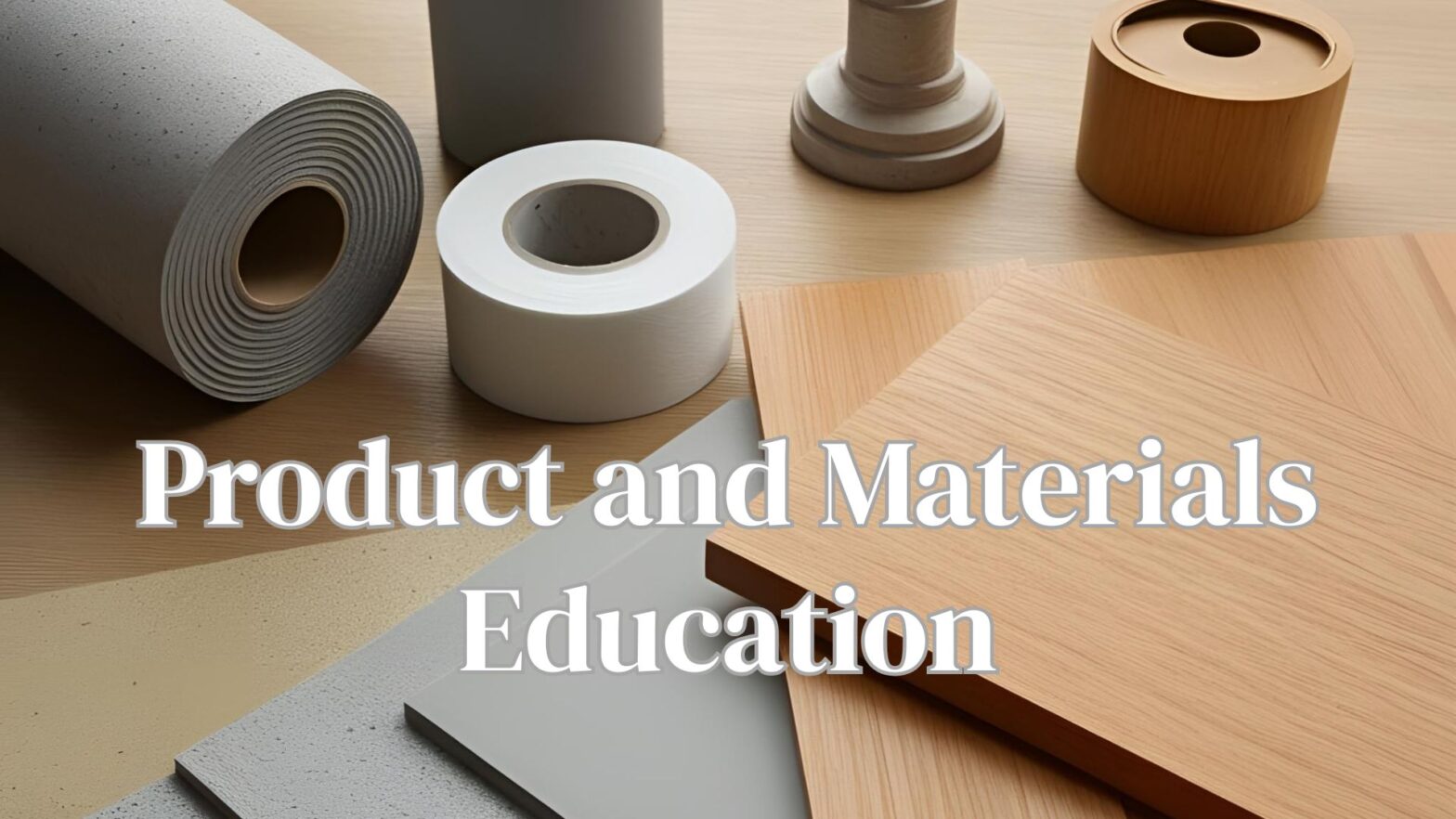Why Builders Are Switching to Bamboo Panels for Interior Finish
In recent years, bamboo panels have gained significant popularity as a preferred interior finish material in residential and commercial construction. With increasing awareness about sustainability and the need for durable yet aesthetically pleasing materials, many builders are making the switch to bamboo panels over traditional wood and other alternatives.
This blog explores the key reasons behind this shift and why bamboo panels are becoming an industry favorite for interior design and construction.
- Sustainability and Eco-Friendliness
One of the primary reasons builders are opting for bamboo panels is their environmental benefits. Bamboo is one of the fastest-growing plants in the world, with some species capable of growing several feet in a single day. Unlike hardwood trees, which can take decades to mature, bamboo can be harvested in just 3 to 5 years, making it a highly renewable resource.
Additionally, bamboo requires minimal pesticides and fertilizers, reducing the environmental impact of its cultivation. Its ability to regenerate quickly without the need for replanting makes it a highly sustainable choice for eco-conscious builders and homeowners.
- Strength and Durability
Despite being a grass, bamboo is incredibly strong and durable. Bamboo panels are often compared to hardwood in terms of strength, with some varieties being harder than oak or maple. This durability ensures that bamboo panels can withstand daily wear and tear, making them ideal for high-traffic areas in homes, offices, and commercial spaces.
Moreover, bamboo has natural resistance to moisture and pests, which enhances its longevity and reduces maintenance costs. Builders appreciate this reliability, especially when constructing interiors in humid or termite-prone regions.
- Aesthetic Appeal and Versatility
Bamboo panels offer a sleek, modern aesthetic that complements a wide range of interior styles. Available in various finishes, textures, and colors, bamboo panels can seamlessly blend with contemporary, rustic, or minimalist designs. Their natural grain patterns provide a warm and elegant appearance, making them a preferred choice for feature walls, cabinetry, ceilings, and furniture.
Additionally, bamboo panels can be easily customized and stained to match different interior themes, offering builders and designers greater creative flexibility.
- Lightweight and Easy Installation
Compared to traditional hardwood panels, bamboo panels are lighter in weight, making transportation and installation more convenient. Builders appreciate the ease of handling bamboo panels, which can significantly reduce labor costs and project timelines.
Bamboo panels can also be installed using common woodworking tools and techniques, making them a practical choice for both large-scale commercial projects and residential renovations.
- Cost-Effectiveness
While high-quality bamboo panels may have a similar initial cost to hardwood, their long-term benefits often outweigh the price difference. Their durability, low maintenance requirements, and resistance to warping or cracking help homeowners save on repair and replacement costs over time.
Furthermore, as the demand for sustainable building materials grows, bamboo panels are becoming more widely available, leading to competitive pricing and cost-effective solutions for builders.
- Fire and Moisture Resistance
Bamboo naturally possesses fire-resistant properties, making it a safer choice for interior applications. Many manufacturers also treat bamboo panels with fire-retardant coatings, further enhancing their safety in residential and commercial spaces.
In addition, bamboo’s resistance to moisture makes it suitable for use in humid environments, such as kitchens and bathrooms. Unlike conventional wood panels, which can swell or rot due to prolonged exposure to moisture, bamboo panels maintain their integrity over time.
- Growing Consumer Demand for Sustainable Homes
The increasing demand for green and sustainable living spaces has influenced builders to choose environmentally friendly materials like bamboo. Homeowners today are more conscious of their carbon footprint and prefer materials that align with eco-friendly building practices.
Using bamboo panels in interior finishes not only meets these demands but also adds value to properties by enhancing their sustainability credentials.
Conclusion
Builders are switching to bamboo panels for interior finishes due to their sustainability, strength, aesthetic appeal, ease of installation, and cost-effectiveness. As the construction industry continues to prioritize eco-friendly materials, bamboo panels are expected to play a crucial role in shaping modern, sustainable interiors.
With their unmatched combination of beauty and performance, bamboo panels offer a smart and responsible choice for builders looking to create high-quality interior spaces that stand the test of time.


